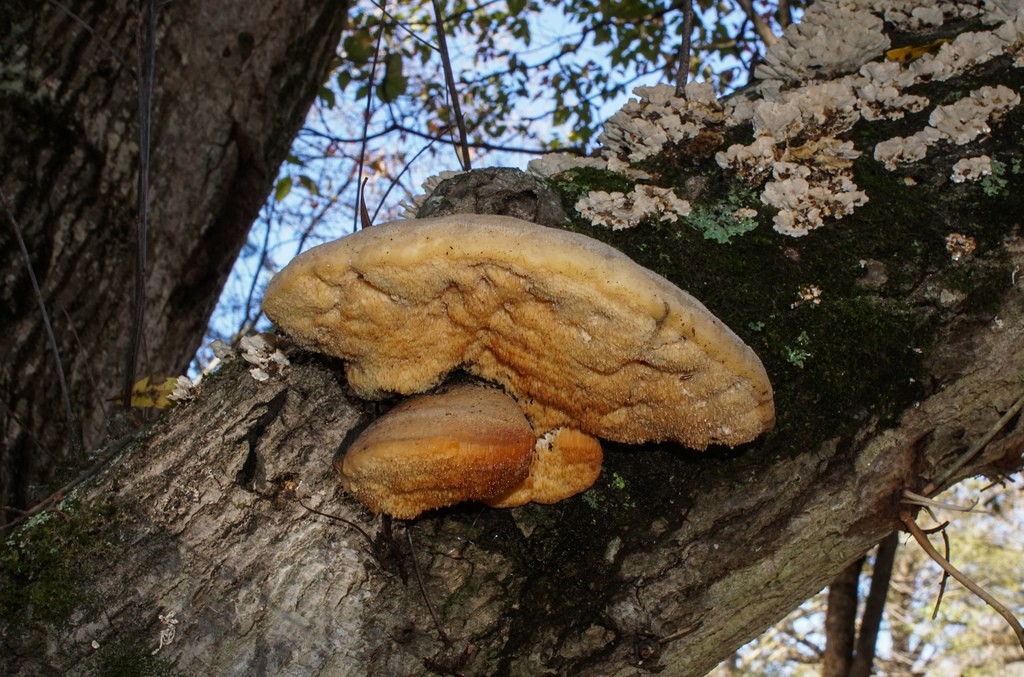Spongipellis
Scientific name: Spongipellis
Spongipellis
Scientific name: Spongipellis
 Photo By bill_sheehan , used under CC-BY-NC-4.0 /Cropped and compressed from original
Photo By bill_sheehan , used under CC-BY-NC-4.0 /Cropped and compressed from original Description
Spongipellis are a group of fungi commonly found on decaying wood, often forming large, sponge-like masses. They play a crucial role in breaking down tough plant material, aiding in nutrient recycling within ecosystems. The surface of spongipellis is typically soft and can appear either smooth or slightly rough, resembling a sponge. They exhibit a white to cream coloration, making them relatively easy to spot in forested areas.
Species of Spongipellis
Scientific Classification
Phylum
Club fungi Class
Mushroom-forming fungi Order
Shelf fungi Family
Polyporaceae Genus
Spongipellis